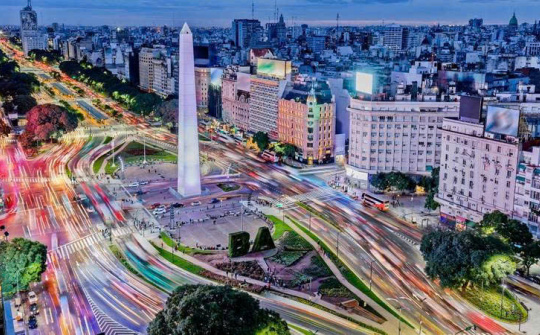Economic ministers from 10 ASEAN member States and five partners namely Australia, China, Japan, Republic of Korea, and New Zealand signed Regional Comprehensive Economic Partnership (RCEP) Agreement, formulating the world's biggest trade deal.

The trade deal, concluded after eight years of negotiations, is expected to give a strong boost to trade and investment liberalisation in the region.
RCEP is the world's biggest free trade area measured in terms of GDP and is expected to help signatories to mitigate the crippling cost of the Coronavirus and ease financial pain.
In the light of Covid-19, RCEP could enable ASEAN to bounce back more quickly as such a deal allows firms to diversify their supply chains and increase resiliency of the regional economies.
The RCEP will have a potential market of 3.6 billion people with a combined GDP of $32 trillion, making it the biggest by market size.
The trade agreement also includes Oceanic countries like Australia and New Zealand. Also, just like the AfCFTA, the agreement aims to reduce tariffs and improve supply chains between Asian nations.
RCEP is primarily beneficial for goods trade because it will progressively reduce tariffs on many products. In addition, the deal will allow businesses to sell the same goods within the bloc but do away with the need to fill out separate paperwork for each export destination and help Asian producers to sell more of their products to the rest of the region.
Even for companies that export goods outside the bloc, there’ll be incentives to build their supply chains across RCEP member countries./.





